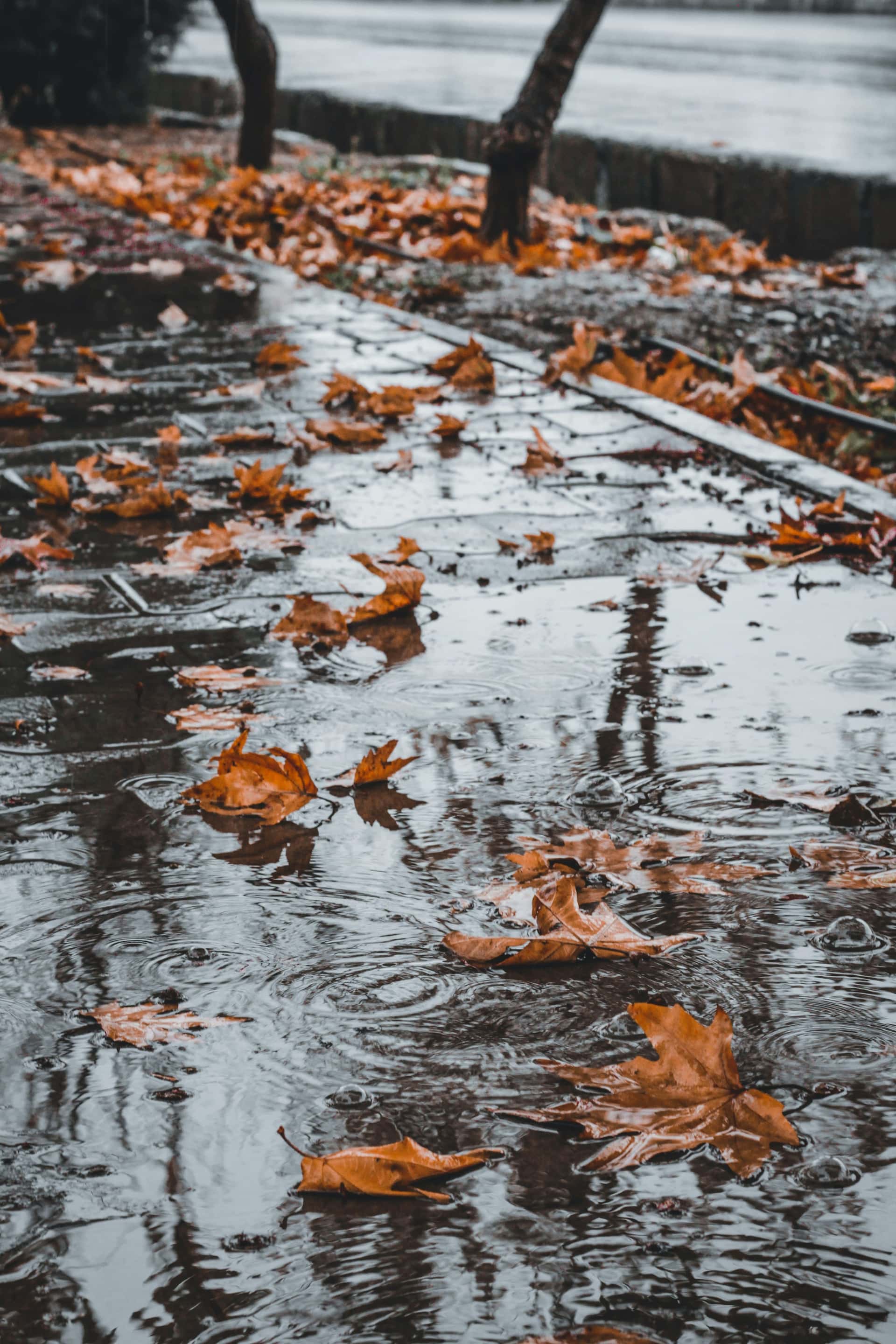
Autumn air quality: how to keep your home healthy when windows stay closed
As soon as the temperatures drop, our homes turn into sealed cocoons. The heating comes back on, windows stay shut, and the air starts to feel heavy. Yet a few simple habits can keep it fresh and healthy without losing warmth. The best solutions are natural, low-cost, and work just as well in a flat as in a house.
Ventilate smartly
Even in autumn, fresh air needs to come in. Opening the windows for ten minutes in the morning and again in the evening is enough to renew the air without chilling the room. The best time is right after a shower or cooking, when steam builds up. In cities, avoid rush-hour pollution. Newer homes often have mechanical ventilation systems (VMC) — check that they aren't clogged with dust or grease. Cleaning vents twice a year makes a surprising difference.
Fight humidity without wasting energy
Humidity is the enemy of comfort — it fuels mold and cools down walls. In autumn, laundry takes longer to dry, especially in apartments. The fix: place your drying rack near a cracked-open window or in a ventilated room (see our September 28 article on drying clothes). If you have a basement or laundry room, a low-energy dehumidifier (about €30–40) prevents condensation. Plants like peace lilies, English ivy, or Boston ferns naturally absorb moisture while adding beauty to your space.
Clean without polluting
Air fresheners and chemical sprays only hide smells — and fill the air with volatile compounds. Stick to the basics: white vinegar, baking soda, lemon, and black soap. To naturally deodorize, simmer cinnamon sticks or citrus peels in a pot of water — it fills the house with a clean scent safely. For fabrics, use a natural or homemade laundry detergent (check our eco laundry routine tips) to reduce irritants in the air.
Keep heat circulating
When air circulates, the temperature feels more even. Don't block radiator vents or push furniture against exterior walls. A small low-speed fan can help distribute heat without extra cost. Warm air doesn't move by itself — sometimes it just needs a nudge. The more evenly it spreads, the less heating you need. Pair this with our October heating tips for even better results.
Everyday good habits
A rug under the bed, thick curtains over the windows, a few plants in the living room — small details that improve comfort while keeping air cleaner. Avoid smoking or burning scented candles in small rooms. And remember: your home needs to breathe too. For more on preparing your home for the cold season, see our winter home preparation guide.
Conclusion: Breathing healthy air in autumn doesn't require gadgets — just consistent habits. By combining ventilation, natural cleaning, and humidity control, you can keep your home pleasant even when it's sealed up tight. More importantly, you learn to enjoy the season without suffocating your space.
About the author:
Alexandre Dubois is a European sustainability enthusiast who shares practical, tested tips for everyday life. From saving on household energy to reducing waste, he focuses on simple changes that deliver real impact. He writes from personal experience, testing solutions in his own home before recommending them. Contact: info@greendailyfix.com
Related posts

Rainy September: how to dry clothes without wasting energy?
Every autumn it’s the same story: rain returns, the air cools, and drying laundry becomes tricky. Hanging clothes outside is no longer an option, and using the tumble dryer quickly inflates the electricity bill. Luckily, there are simple ways to keep clothes fresh and dry without wasting energy.

Eco laundry that saves €300 per year (without sacrificing clean)
My first electricity bill in Marseille shocked me: €89 a month, with €35 of that from laundry and drying. Two years later, I'm down to €12 a month—and my clothes last longer. The switch? Cold-water washing, smarter loads, and almost no tumble dryer.

5-ingredient green cleaning kit that outperforms store brands
My partner's respiratory sensitivity made us rethink cleaning products. After testing more than fifty recipes, I kept five ingredients that cover almost everything: effective, safe, and budget-friendly.